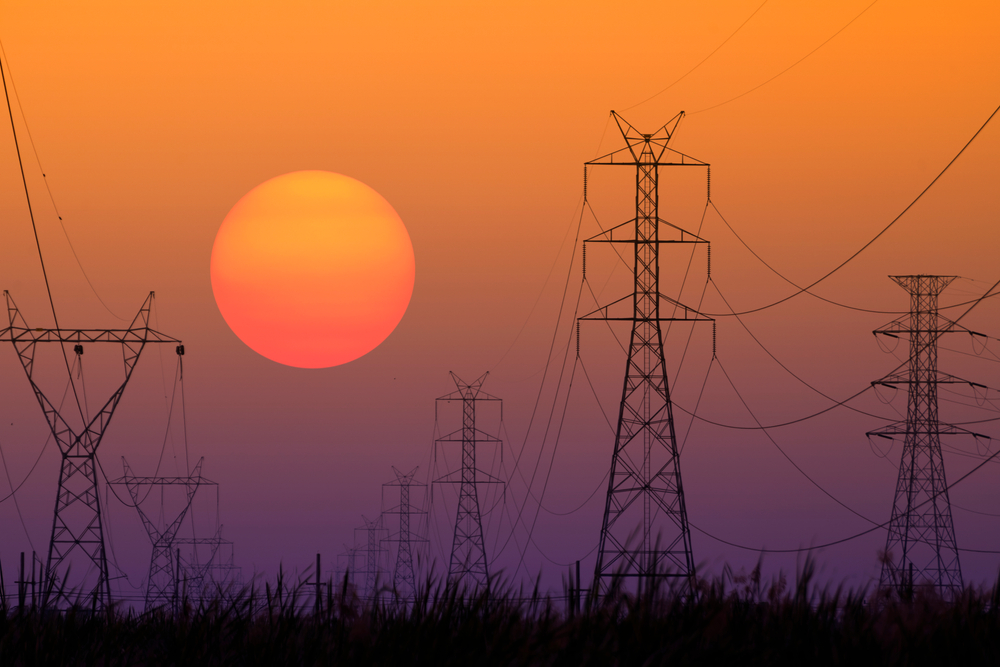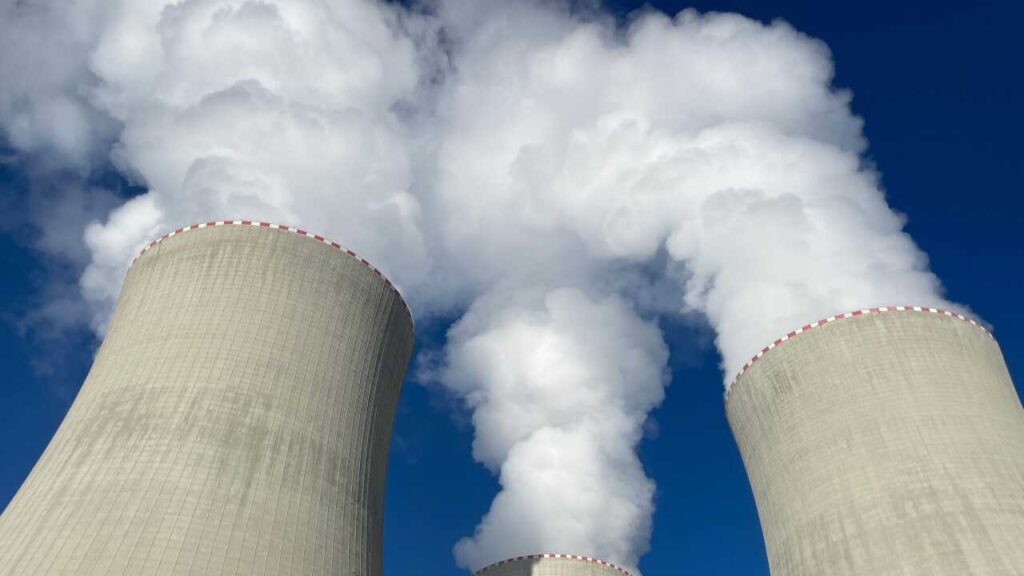
An Affordable Energy Transition Requires Sensible Regulation
In 2022, monthly household electricity costs rose by 5 percent, the sharpest rise since the U.S. Energy Information Association began collecting data in 1984.
As families face steeper bills, public utility commissions should focus on ways to strengthen the financial stability of utilities and prevent them from engaging in risky financial behavior that all too often results in higher electric bills for consumers. Failing to do so risks ever-increasing energy costs and a slower transition toward clean energy products like electric cars and appliances.
Regulators have several strategies at their disposal. They could base their decisions on standards set in the public interest, reexamine how utilities finance capital investments, reuse existing infrastructure, and promote planning processes that allow customers to contribute to infrastructure solutions.
The cost of renewable energy continues to go down and, compared to conventional gas resources, is reaching parity on an unsubsidized basis. Renewables become cheaper than their gas counterparts when considering the federal tax incentives. Despite this lower cost, electric bills continue to rise due to the unprecedented capital investment plans that utility companies have devised to replace retiring resources with renewables, harden the grid against disasters like hurricanes and wildfires, and modernize the grid for electric vehicles and two-way power flows.
To fund these investments, utilities across the United States are becoming more and more willing to take financial risks that can result in losses passed on to consumers.
Failing to address these realities risks slowing the clean energy transition, increasing the burden on households, and undermining the financial health of utilities, which could further delay the energy transition.
Utility commissions must balance the interests of customers and investors as required by the Supreme Court case Federal Power Commission v. Hope Natural Gas.
Disasters are increasing in frequency and intensity due to climate change. During these disasters, distribution, and transmission assets can face destruction or damage. In the disaster’s aftermath, utilities expend resources to rebuild and, often, they harden assets against future disasters at the same time. How regulators handle these costs can significantly impact electrical rates and the financial health of utilities.
The decisions by regulatory agencies after a disaster can have outsized effects on the utilities they govern. So, these decisions should be based on standards to ensure the practices of the utilities meet the pre-defined expectations of the public and the commission. With clear standards, utilities can meet the requirements and not run into poor financial health.
With rising interest rates, regulators now have an opportunity to strengthen the financial health of utilities by reducing leverage. Through cost of capital proceedings, regulators and utilities decide on the capital structure and costs of that capital. In a low-interest-rate environment, debt has a lower cost than equity. Debt is further benefited due to its tax treatment since interest is tax deductible, while equity returns are not. As a result, increasing leverage in utilities reduced customer rates historically.
However, as the Federal Reserve increased interest rates to battle inflation, interest rates across the debt market rose. With bond yields more than doubling in the past two years, the cost differential between increasing equity capitalization and reducing debt financing is shrinking. Along with the Tax Cuts and Jobs Act, which lowered federal corporate tax rates from 35 percent to 21 percent, this further decreased the difference between equity and debt financing. These factors have reduced the cost of improving the financial health of utilities. By shoring up the balance sheets of utilities, regulators also open the opportunity to lower returns on equity. Regulators can make utilities more resilient to adverse external events by reducing leverage.
Many high-carbon resources like coal plants are closer to city centers than their renewable counterparts. More importantly, those resources have existing built electric infrastructure in transmission systems. Planning for the future not only requires retiring the high-carbon resources but also decisions about how to reuse those sites. By installing standalone energy storage solutions at these sites, utilities can lower the overall cost of the electrical grid. The Inflation Reduction Act makes this option more attractive since investment tax credits now extend to standalone energy storage solutions. Rather than installing energy storage at the renewables’ site and upgrading transmission lines to handle the increased throughput, renewable energy can be stored closer to load centers and provide power during evening peak demand. Reusing existing infrastructure to its highest and best use will help reduce customer costs.
New technologies in the energy sector are also changing the fundamental relationship between utility and customer. Households and businesses can now send power back to the grid through distributed generation like rooftop solar or shift their demand to batteries. These novel resources can help utilities avoid costly upgrades, particularly when future demand is uncertain. Promoting and leveraging energy markets and novel resources can defer utility system upgrades until demand materializes. This lowers the risk of overbuilding assets and raising long-term customer rates in lieu of short-term increased costs. Consequently, a nimbler planning process can allow customers to participate in the solution.
Financially healthy utilities will be critical to meeting climate goals. Fossil fuels are cheaper than electricity, but electric end uses are significantly more efficient than their fossil fuel counterparts. Heat pumps are three times more efficient than gas furnaces. Electric vehicles are more than twice as efficient as their gas counterparts. Heat pump water heaters are 50 percent more efficient than their natural gas peers. Despite these significant differences, the transition to decarbonize the grid and to electrify end uses to reduce emissions will be challenging, and customer bills may increase in the short term through the transition. Regulators can help to keep utilities financially healthy and make a smoother energy transition possible.
Ismael Arciniegas Rueda is a senior economist at the nonprofit, nonpartisan RAND Corporation and a professor of public policy at the Pardee RAND Graduate School.
Brian Wong is a Ph.D. student at the Pardee RAND Graduate School and an assistant policy researcher at RAND.
Image: Shutterstock.


